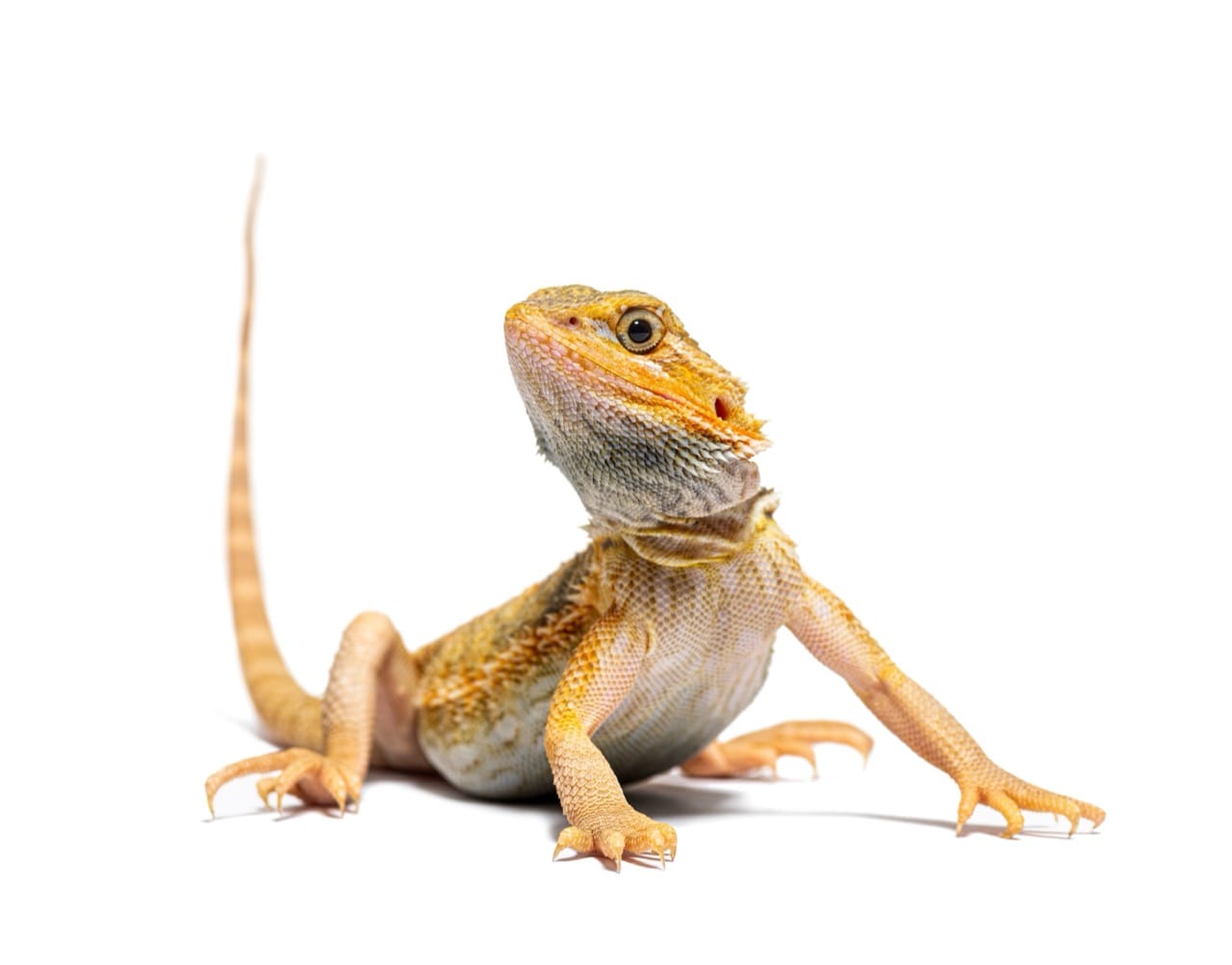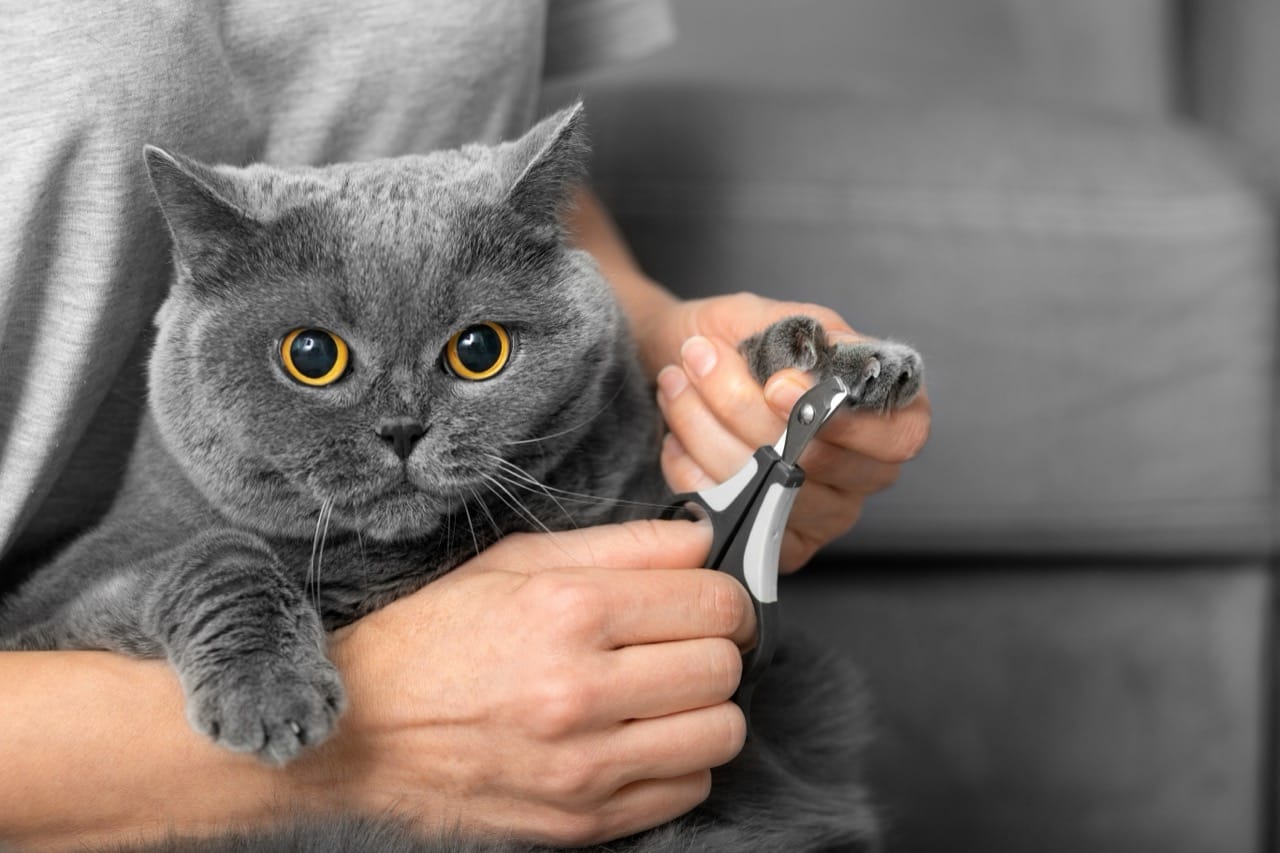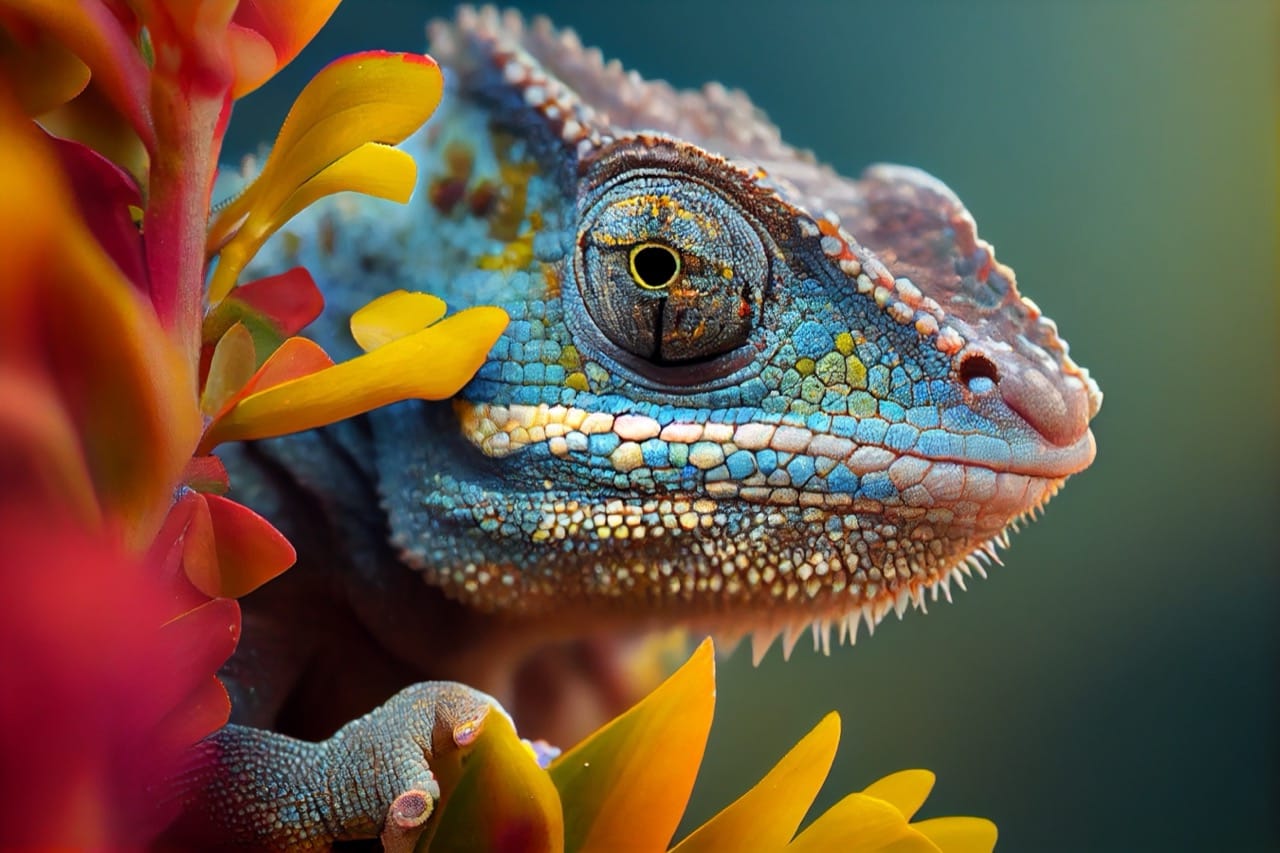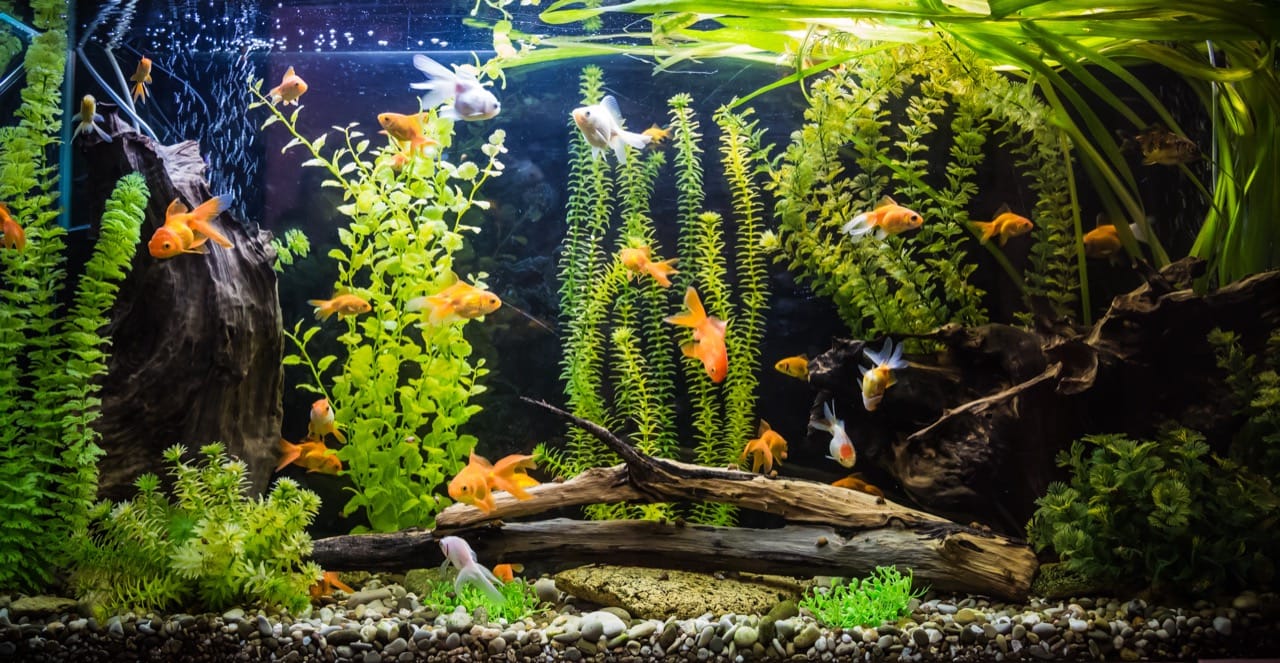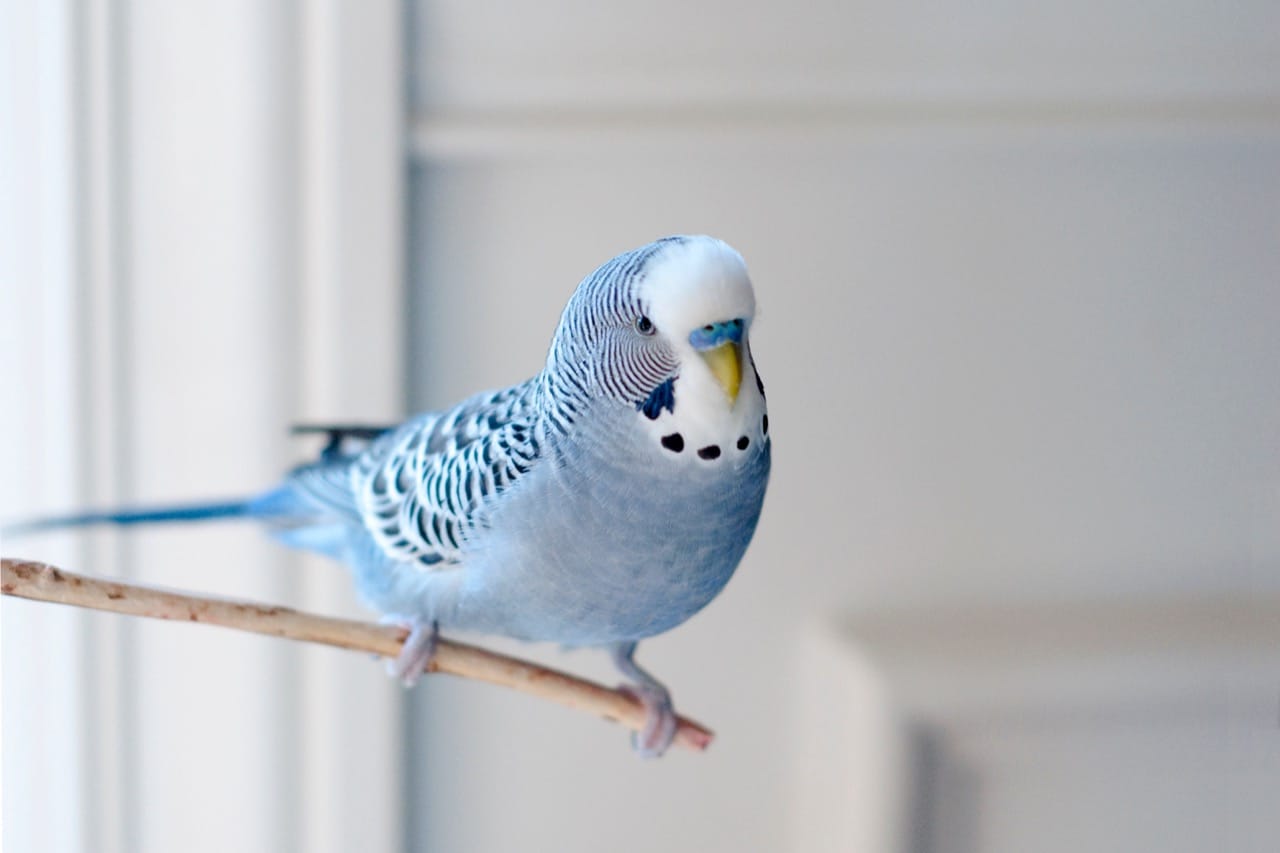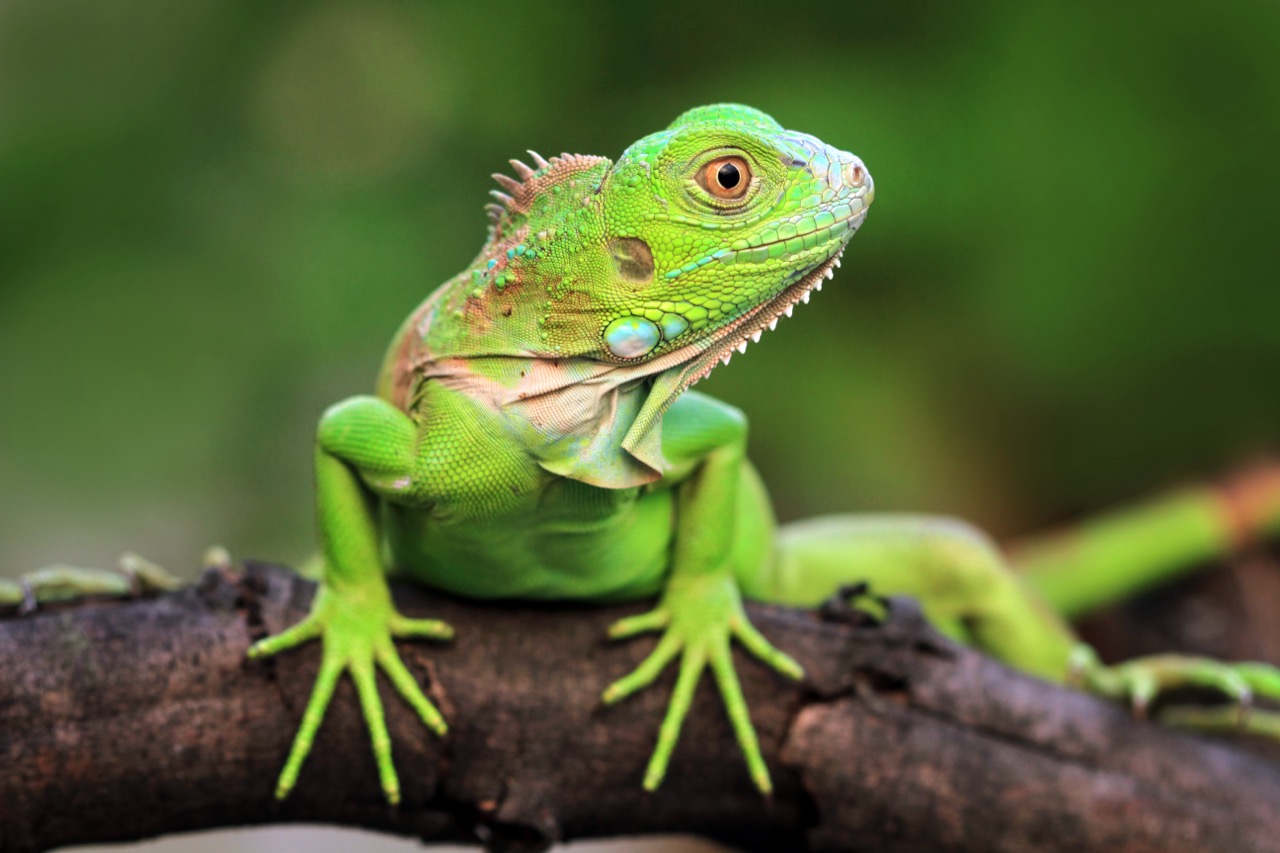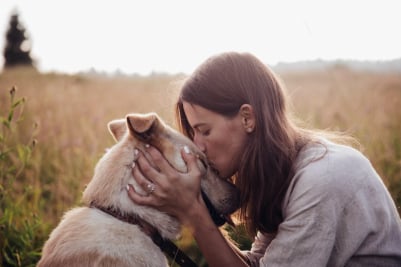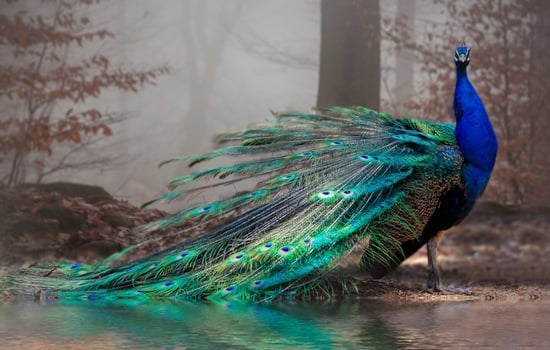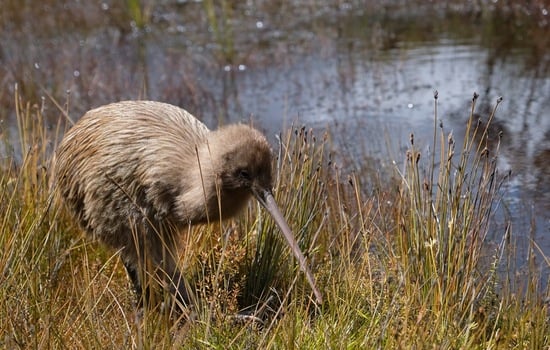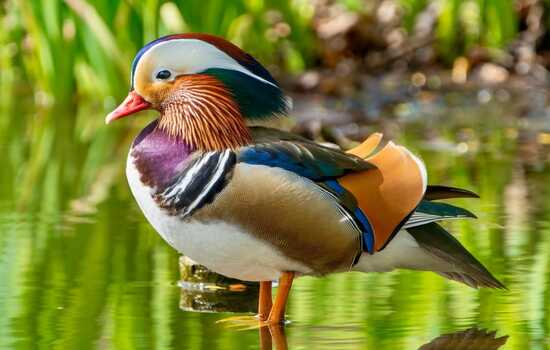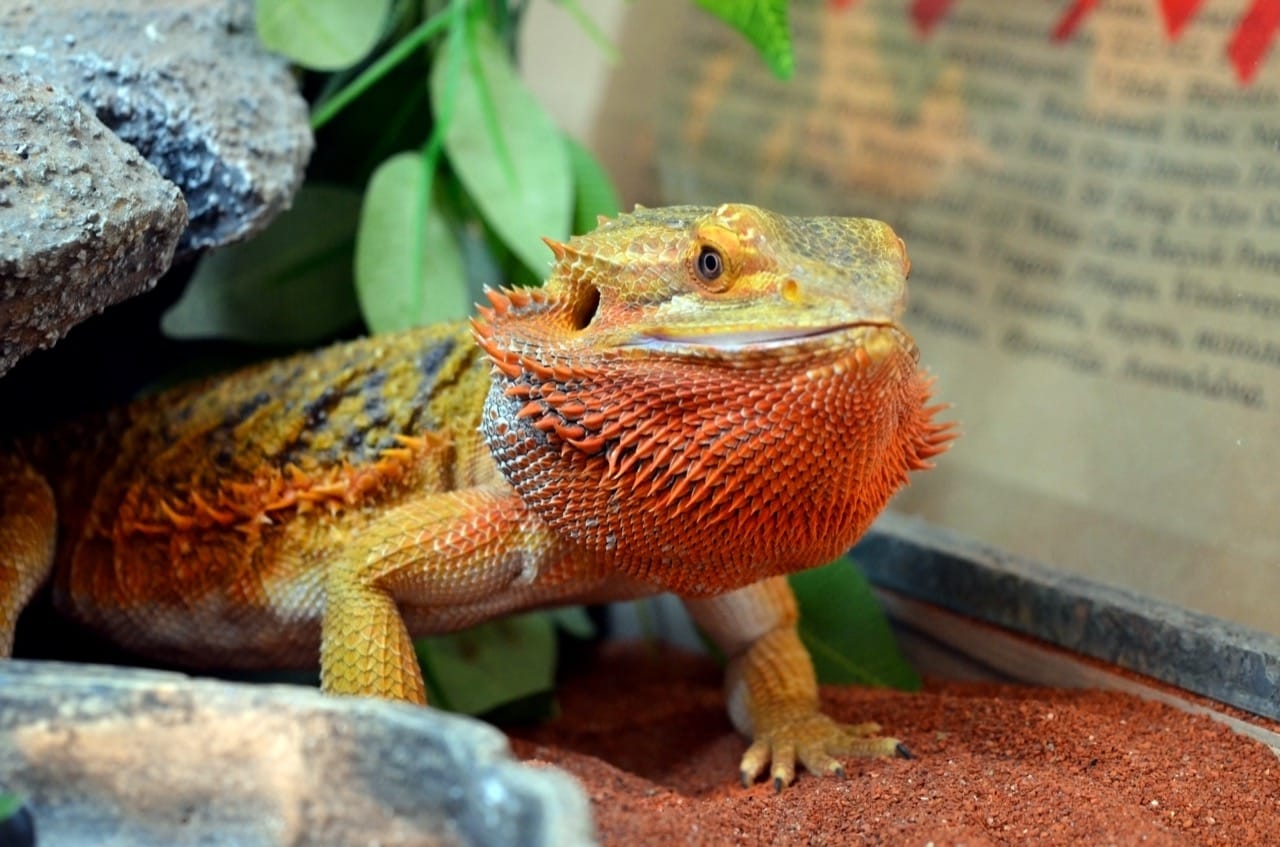
Comprehensive Care Guide for Bearded Dragons: The Friendly Reptiles
Meet the Bearded Dragon, the charismatic star of the reptile pet world, whose unique behaviors and manageable care requirements make them ideal pets for enthusiasts and families alike. Known for their "beard" – an expandable throat pouch that darkens and puffs up when the dragon feels threatened or territorial – these creatures are more likely to captivate you with their friendly and curious nature than frighten you. Intriguingly, bearded dragons can also wave their arms in a slow-motion style, which is believed to be a form of communication among their species. Whether used to show submission or just to say hello, this quirky gesture underscores the dragon's engaging personality.
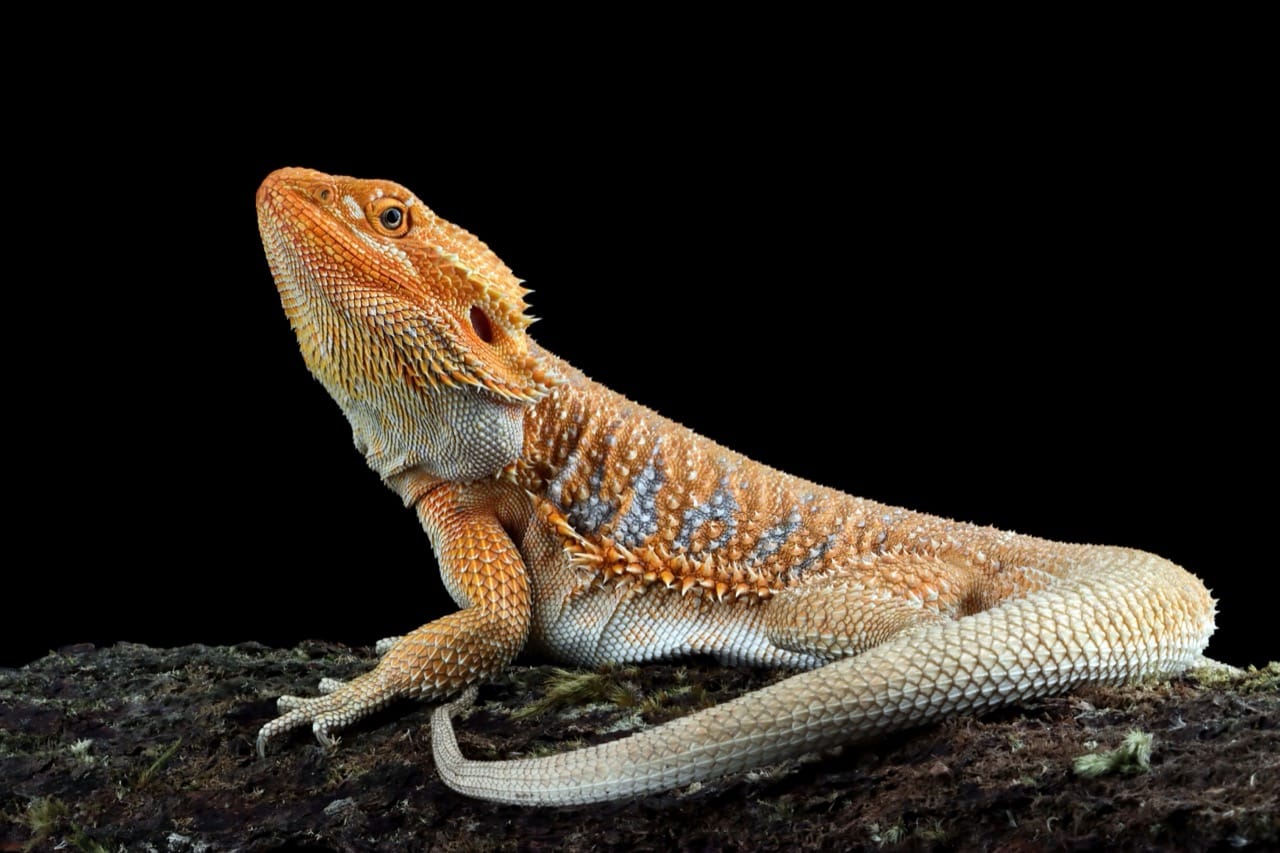
Setting Up the Perfect Habitat
Creating an ideal home for your bearded dragon is critical for its health and happiness. A juvenile dragon can start out in a 20-gallon tank, but adults, which can grow up to 24 inches in length, will need at least a 40-75 gallon tank to ensure they have enough space. Horizontal space is particularly important as these creatures are more terrestrial than arboreal.
The tank setup should include a substrate, which can be reptile carpet, tile, or specially formulated sand. Avoid using fine sand or gravel as these can cause impaction if ingested. Equip the habitat with sturdy branches or rocks for climbing and basking, and create a gradient of temperature within the tank. One side should have a basking area with a temperature of about 95-110°F, while the cooler side stays around 75-85°F. Nighttime temperatures can drop to 65-75°F. Proper UV lighting is non-negotiable for calcium metabolism, crucial to prevent bone diseases. A full-spectrum UVB light positioned within 12 inches of the basking area helps simulate their natural environment and supports vitamin D production.
Dietary Needs: What to Feed Your Bearded Dragon
Bearded dragons are omnivores, and their diet should reflect a balance of plants and protein. This diet changes as they grow; juveniles require more protein, so around 80% of their diet should consist of small, live insects such as crickets, waxworms, and occasionally pinky mice. The remaining 20% should be greens like kale, collard greens, and fruits in moderation.
Adult dragons, however, only need about 20% of their diet to consist of animal protein, with the remaining 80% coming from vegetables and fruits. Feed adults once a day, and juveniles two to three times a day – but only as much as they can consume in a 10-15 minute window to avoid overfeeding. Always have fresh, clean water available, and consider using a shallow water dish to prevent drowning risks.
Interaction and Enrichment
Interaction is vital for your bearded dragon's mental health and tameness. Regular, gentle handling can help build trust between you and your pet. Start by letting your dragon get used to your presence, then progress to feeding by hand before gently handling them. Always support their body fully, keeping movements smooth and slow.
Bearded dragons also benefit from environmental enrichment. This can include anything that encourages natural behaviors like foraging, climbing, or even problem-solving. Rotating the décor in their tank, introducing new objects, or occasionally offering live food that they can chase can keep your bearded dragon mentally stimulated and physically active.
Health and Safety: Keeping Your Dragon Thriving
Monitoring the health of your bearded dragon involves regular check-ups and being aware of signs of distress or illness, such as lethargy, loss of appetite, or unusual feces. Common health issues include respiratory infections from poor humidity control, metabolic bone disease from inadequate UVB exposure, and impaction from ingesting substrate.
Safety for both pet and owner is paramount. Always wash your hands before and after handling your dragon or any part of their habitat to prevent the spread of salmonella, a common concern with reptiles. Ensure the habitat is secure from other pets in the home and that any electrical installations for heating and lighting are safely installed and regularly checked.
Lifelong Companions
With a lifespan of up to 10-15 years in captivity, bearded dragons are a long-term commitment. They require consistent care, a balanced diet, and regular veterinary check-ups to live a full and healthy life. Understanding and meeting their needs can make the experience of owning a bearded dragon incredibly rewarding. As you watch your scaly friend explore, bask, and interact, you'll discover the unique joys of reptile companionship. Caring for a bearded dragon is not just about providing a home but also about creating a bond that enriches both your lives.
